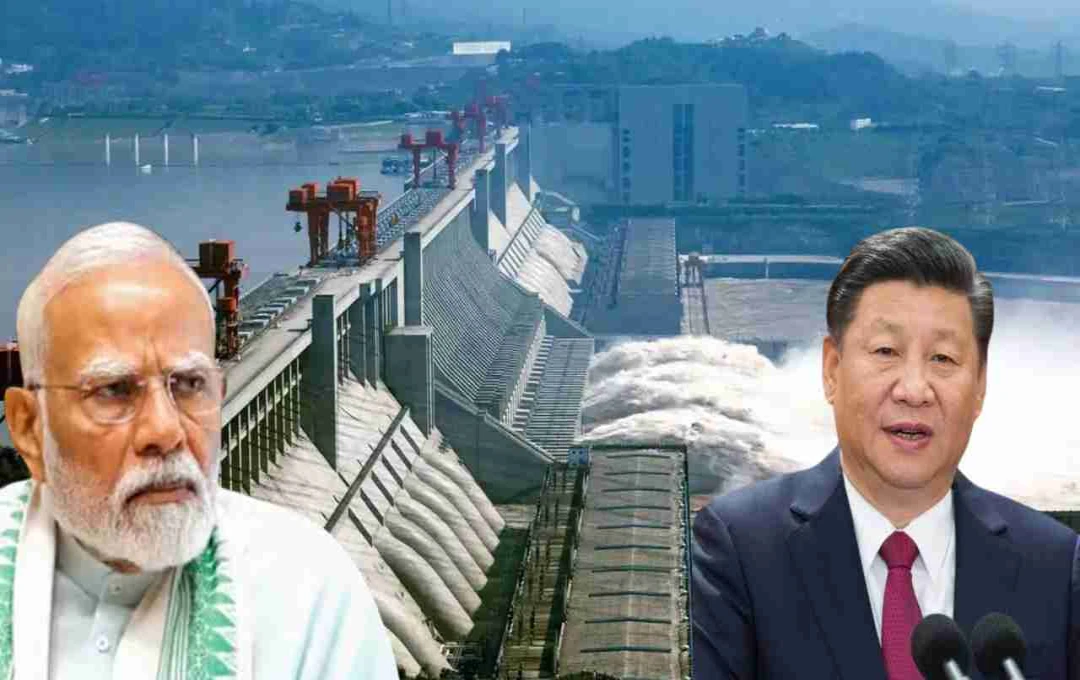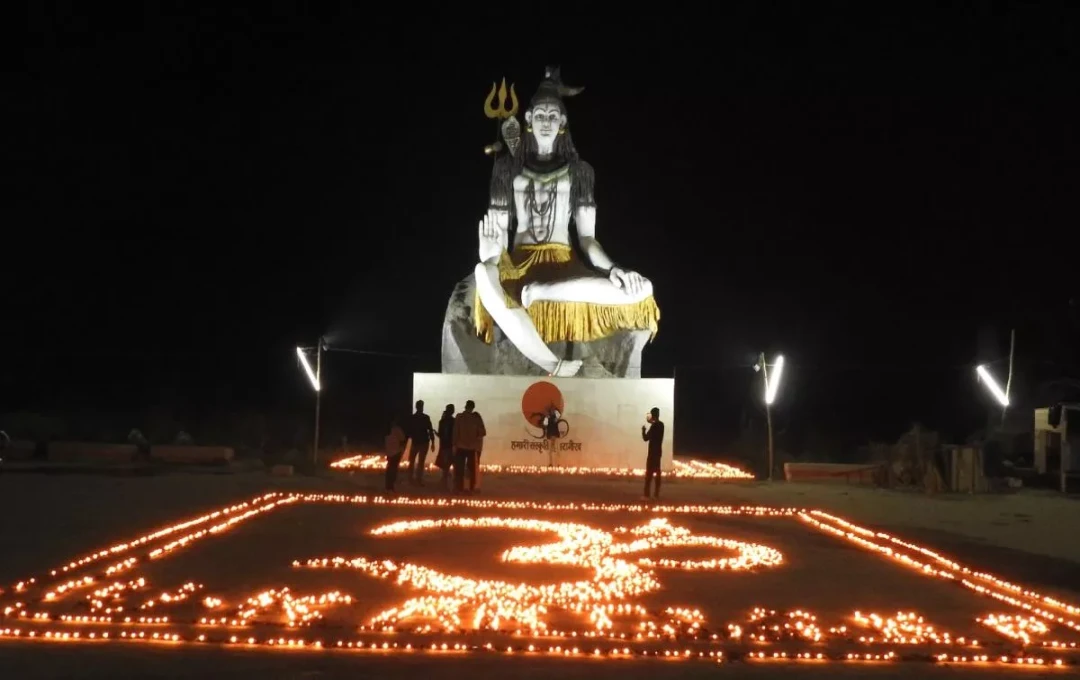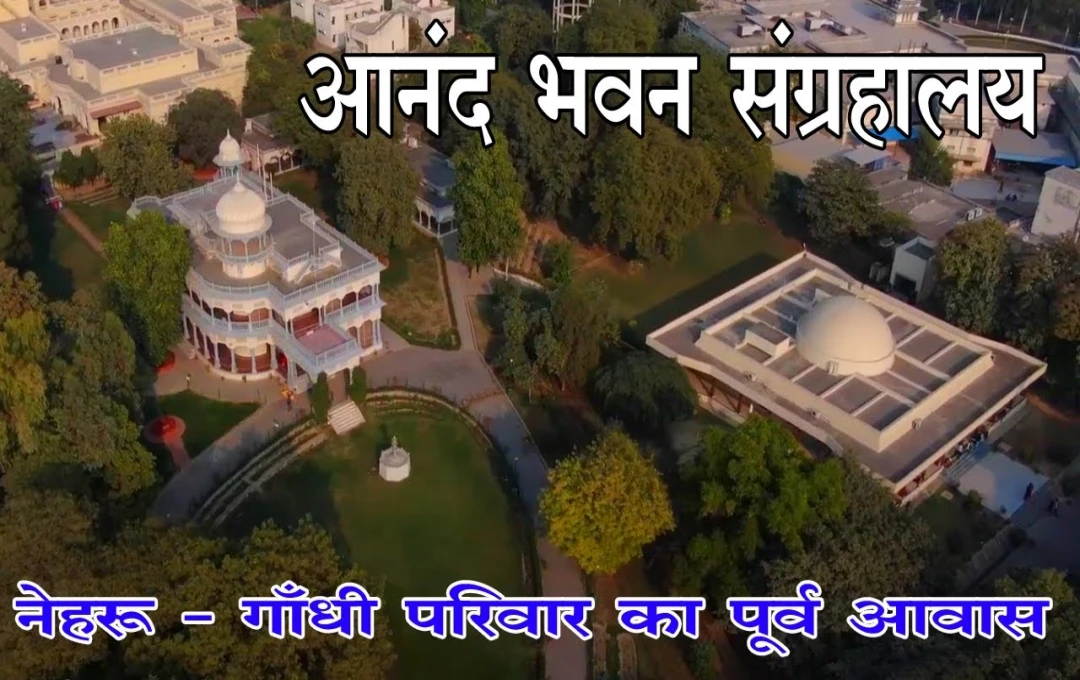China has started constructing a dam on the Brahmaputra River in Tibet. India and Bangladesh are concerned about the impact, but China has dismissed these concerns.
Brahmaputra Dam: China has recently initiated a new hydropower project on the Brahmaputra River (Yarlung Tsangpo) in Nyingchi Prefecture, Tibet. Chinese Premier Li Qiang announced this dam. Downstream nations like India and Bangladesh are concerned that this construction will affect water flow.
Chinese Foreign Ministry spokesperson Guo Jiakun clarified that the dam will not have any negative impact on any downstream region. He stated that necessary consultations were held with India and Bangladesh before starting the project.
India's Strong Reaction
Arunachal Pradesh Chief Minister Pema Khandu described the dam as a "water bomb" and said it poses a serious threat to India's security and existence. He believes that sudden release of water from this dam could cause devastating floods in the northeastern states, leading to a major humanitarian crisis.
Importance of the Brahmaputra River
The Brahmaputra is an international river with a basin spread over approximately 580,000 square kilometers. It flows through four countries — China (50.5%), India (33.3%), Bangladesh (8.1%), and Bhutan (7.8%). In India, it flows through states like Arunachal Pradesh, Assam, Meghalaya, Nagaland, Sikkim, and West Bengal.

The river originates from the Chemayungdung Glacier near Mansarovar Lake in Tibet. In Tibet, it is called Yarlung Tsangpo. It flows eastward for approximately 1,200 kilometers before entering India. The Brahmaputra has several major tributaries, such as the Subansiri, Kameng, Manas, and Sankosh.
Fears of Floods and Environmental Crisis
In India, most of the Brahmaputra River's tributaries are monsoon-based. Therefore, floods, soil erosion, and changes in watercourses are common every year in states like Assam due to heavy rainfall. Experts believe that if China suddenly stops or releases water flow from the dam, it could further increase the risk of floods in downstream areas.
India's Strategy and Response
India is also developing hydropower projects on its section of the Brahmaputra River, especially in Arunachal Pradesh. This step is considered part of a strategy not only for energy production but also to balance China's dam construction.
The Expert Level Mechanism (ELM) between India and China was established in 2006 to maintain dialogue on trans-border rivers. Under this agreement, China provides India with hydrological information on the Brahmaputra and Sutlej rivers during the flood season. However, India now fears that China may weaken such transparency.
Bangladesh is also Concerned
Bangladesh, located in the lower reaches of the Brahmaputra, is concerned that this dam could affect its agriculture and water availability. However, China claims that the dam is based only on the run-of-the-river model and that not much water will be stored in the reservoir.














